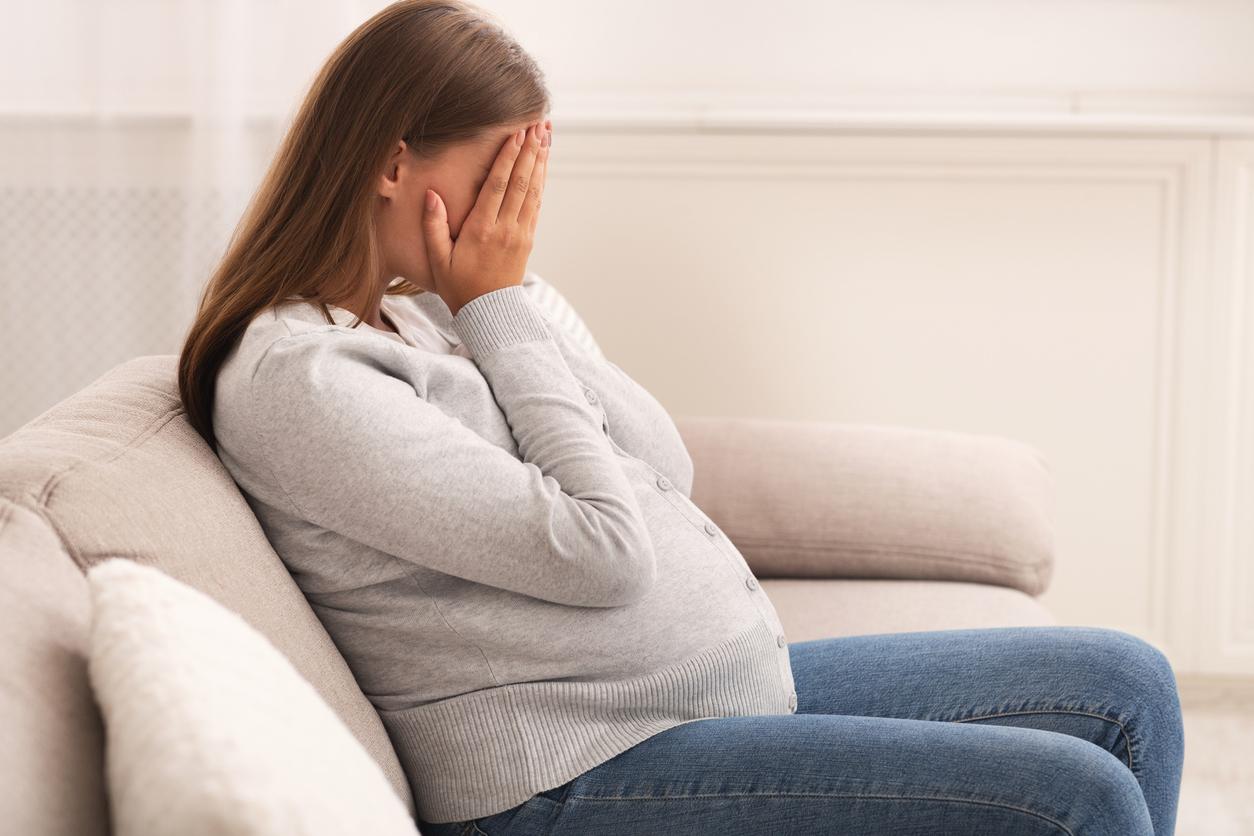11% of the French population suffers from depressive syndrome. This rate is the highest on the European continent according to a study conducted by Drees.

- France has the highest rate of depression in Europe.
- Older and younger people are at greater risk of depression in some European countries.
- Isolation and poor health are risk factors.
We are not all equal when it comes to depression. According to one study of the Department of Research, Studies, Evaluation and Statistics published this January 9, the number of people affected by this pathology varies greatly depending on the country, region and age.
Depression in Europe: which regions are most affected?
“In 2019, just before the health crisis, around 6% of the European population suffered from depressive syndromes, notes the document. The highest rates are found in Western and Northern Europe, particularly in France (11%) and Sweden (10%). These figures are lower in the South and East, particularly in Serbia or Cyprus (2%).” France has the highest rate on the European continent.
Regardless of country, women are always at greater risk of depression than men. But inequalities also concern age. These statisticians were interested in young people, between 15 and 24 years old, and people aged 70 or over. “Depression is rare among young people in Southern and Eastern Europe, but more common in the Northdevelops the study. Conversely, among those over 70, it is more widespread in the South and the East. In Western Europe, as in France, Belgium and Ireland, depression is significant in all age groups, with a peak between 45 and 59 years old. In Northern Europe, namely in Denmark, Sweden, Norway, Finland and Iceland, 15-24 year olds are the most affected by depression. The rate decreases as age increases, up to 70 years.
Good health reduces the risk of depression
“Older Europeans in poor health are consistently more likely to suffer from depressive syndromes than those in good health (on average, 27 percentage points more).”observe the authors. The effects of health on depression are particularly marked in Southern and Eastern Europe. This confirms the results of studies carried out on the links between depression and overall health. “A greater proportion of older people report poor health in Eastern and Southern Europe, which helps explain the differences in the prevalence of depression among older people in Europe. they indicate. For example, in Croatia or Latvia, where nearly 40% of seniors report poor health, the prevalence of depression is high: 16% and 9% respectively. This correlation is also observed among young people, even if few of them are in poor health.

Social connection: a good entourage limits the risk of depressive syndrome
In addition, the authors of this study observed a relationship between social connection and depressive risk. They were interested in the level of social support, defined as “the extent of emotional, material or practical help that a person can receive from those around them (family, friends, community) in case of need, is another determining factor of depressive syndromes.. Thus, older people who are more surrounded by people are less depressed than those who are socially isolated. Among 15-24 year olds, social isolation is also a risk factor for depression. “Young people who are the most supported are much less likely to suffer from depression than those who are the least (-9 risk points on average), they note. These differences are particularly marked in Northern and Western Europe, where the probability of suffering from depression is reduced by 30 points and 13 points respectively.
The authors point out, however, that these various data date from before the Covid-19 pandemic. “Since 2020, a marked and lasting deterioration in the mental health of young people has been observed: in France, we observed a notable increase in depressive and anxiety symptoms among young adults in 2020“, they warn. According to theWorld Health Organizationcases of depression and anxiety have increased by 25% since the pandemic.















